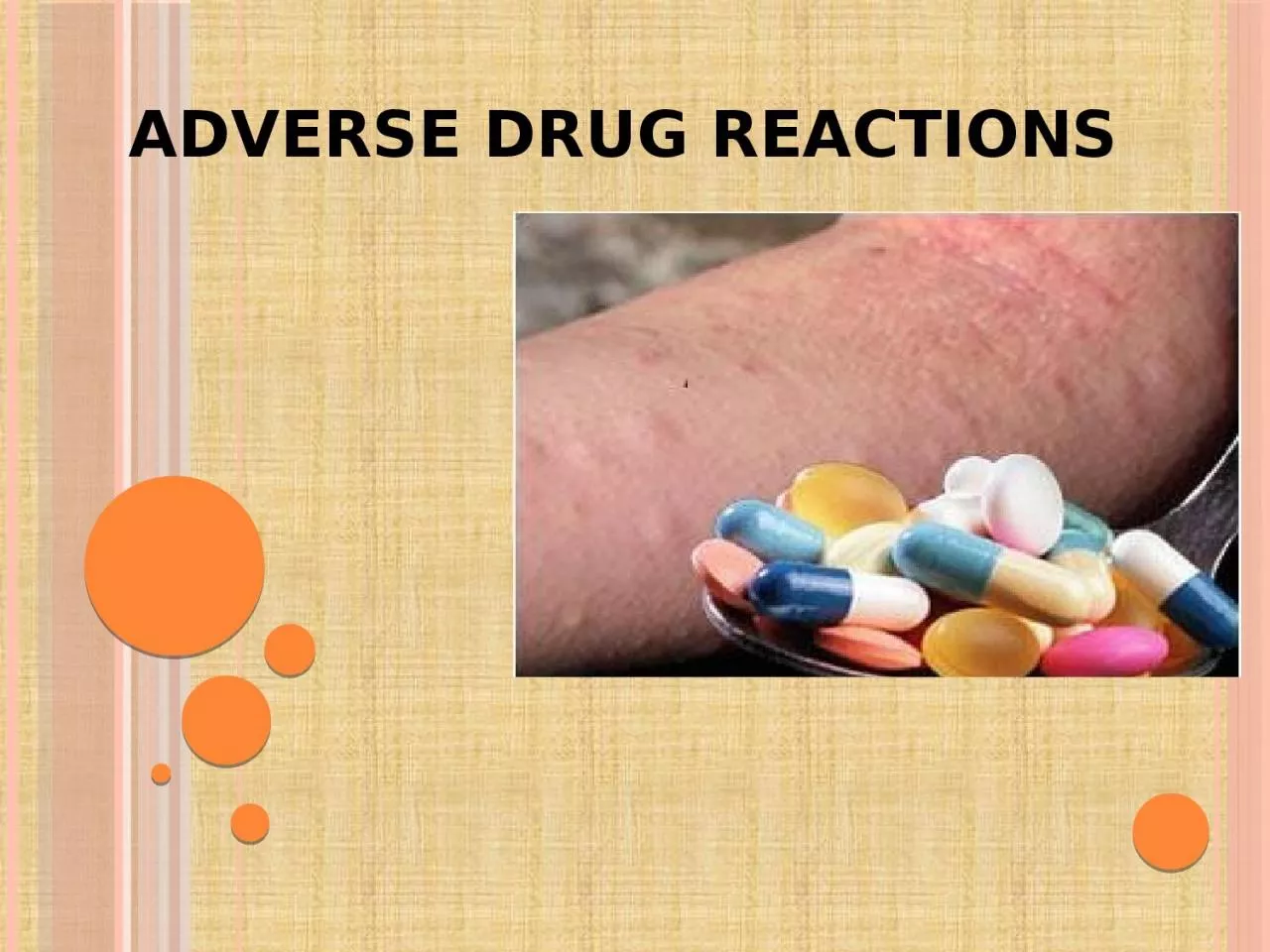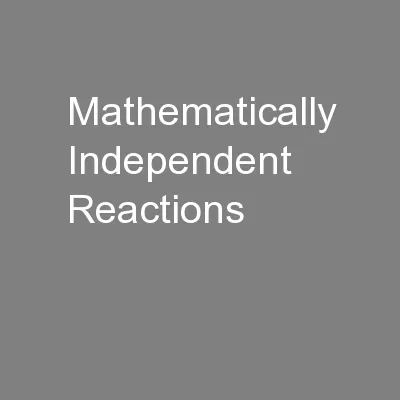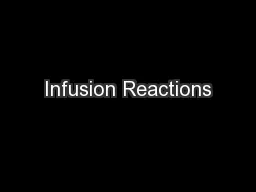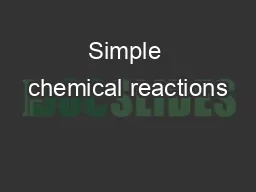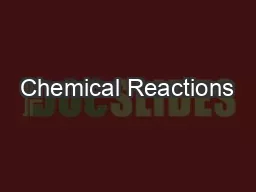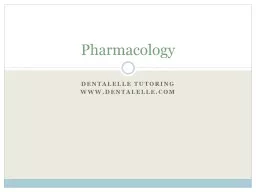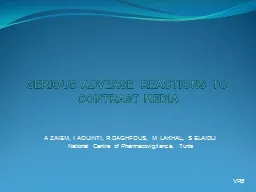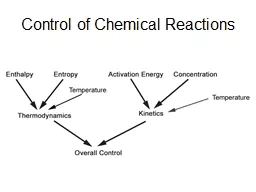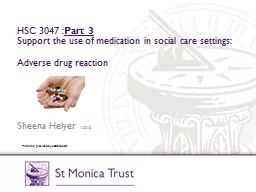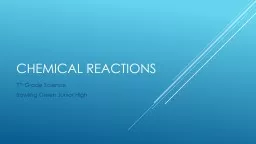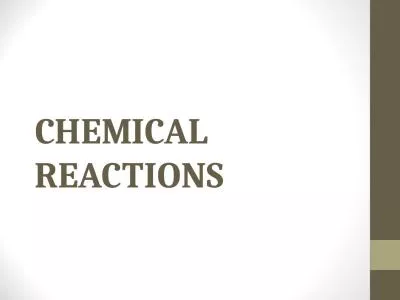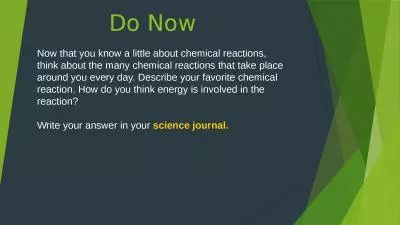PPT-ADVERSE DRUG REACTIONS ADVERSE DRUG REACTION
Author : bety | Published Date : 2024-02-09
Any noxious change which is Suspected to be due to a drug At doses normally used in man May requires treatment or decrease in dose or Caution in the future use
Presentation Embed Code
Download Presentation
Download Presentation The PPT/PDF document "ADVERSE DRUG REACTIONS ADVERSE DRUG REA..." is the property of its rightful owner. Permission is granted to download and print the materials on this website for personal, non-commercial use only, and to display it on your personal computer provided you do not modify the materials and that you retain all copyright notices contained in the materials. By downloading content from our website, you accept the terms of this agreement.
ADVERSE DRUG REACTIONS ADVERSE DRUG REACTION: Transcript
Download Rules Of Document
"ADVERSE DRUG REACTIONS ADVERSE DRUG REACTION"The content belongs to its owner. You may download and print it for personal use, without modification, and keep all copyright notices. By downloading, you agree to these terms.
Related Documents

